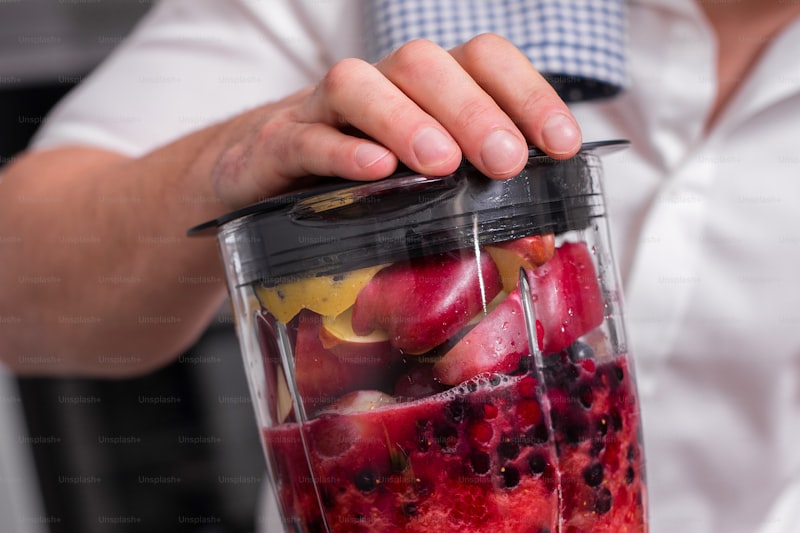Christmas is a time to let go of all those dietary disciplines and just let loose! For a few days each year, most of us put our healthy eating efforts to one side and over-eat to our heart’s content. And it’s not just the over-eating, it’s rich food!
Take the traditional British Christmas lunch. Turkey, stuffing, pigs in blankets, roast potatoes, roasted carrots and parsnips, mashed celeriac, Brussel sprouts, bread sauce, cranberry sauce and, to top it all off, lashings of gravy. That’s how it goes in our family anyway. What’s lovely about the traditional Christmas lunch is that for every family there’s something a little bit different, which makes it the special annual over-indulgence it is.
And personally, I wouldn’t miss out on any of it. However, the after-effects can be disastrous. So here are some ways to help to alleviate the bloating, lethargy and sluggishness of the post-prandial Christmas state.
What are the effects of over-eating?
Although we’d rather not think about it, it’s interesting what happens when we over-eat. It takes about 20 minutes for our brains to send the message to the stomach that we’re full. If we carry on beyond this point of fullness then we’ve over-eaten.
At this point, our distended stomach presses against our other organs, causing feelings of discomfort. It also slows down the other organs, making us feel sluggish and tired – hence the traditional post-Christmas snooze.
Hydrochloric acid, produced in the stomach to break down food, goes into overdrive and can start to back up the oesophagus, causing that other old festive favourite – heartburn.
Bacteria in the gut that flourish off rich food, go into hyperdrive and produce excess gases, causing more bloating and the other Christmas post-meal delight – farting.
The heart and metabolism speed up to help digest the vast amount of calories in the body, which can cause excess heat in the body, leading to sweatiness and even feeling dizzy – nice.
Will it have a long-term effect?
If you’re eating on this scale every day, then there can be serious health risks. But having a one-off over-eating session isn’t going to be a problem in the long-run. However, there are ways that you can enjoy the Christmas meal while reducing some of the delightful after-effects listed above:
-
Drink water before and after the meal. We often forget to drink water at all on Christmas day (and in fact, throughout the winter months). If you hydrate your body before and after a big meal you’ll help to speed the food along, as well as filling your stomach a little bit before the meal, to avoid going nuts with hunger having waited at least four hours for lunch.
- Ask for extra veg. The joy of the Christmas meal is that age-old combination of festive flavours, but if you ask for more veg and less meat, stuffing, potatoes and all the heavy, rich stuff, then you’ll still get all the yumminess, but with less bloating. Although that doesn’t count the humble Brussel sprout…
- Try to avoid ‘seconds’. You’ve already eaten a huge plateful. But it’s sooooo good, and there’s so much turkey left, and before you know it you’ve piled on loads more and the slight bloating you were feeling turns into full-blown discomfort.
- Go for a short walk after lunch. It’s almost dark, it’s almost certainly raining, it’s the LAST thing you feel like doing. But once you’re out there, just going round the block, your energy comes back, you start to feel better and once you get back you might even have worked up enough hunger to have a turkey sandwich.
- Do some yoga. Obviously not straight away. The recommended amount of time is four hours after a really big meal.
Can yoga help after over-eating?
The short answer is ‘yes’. The one pose that you can do at any time, even immediately after a big meal, is Supta Virasana (Reclining Hero pose), which stretches and opens the whole stomach area, bringing extra blood to the digestive system and helping to make the digestion more efficient. However, this isn’t the easiest pose for many of us, as it is a very strong stretch of the thighs and front ankles, but there are ways that you can modify it, for example, going back over a bolster, or even onto a sofa, if you haven’t got a bolster to hand.
Once your food has gone down there are poses that will help to speed the extra calories on their way:
- Start with lateral standing poses, such as Tadasana (Mountain pose), Trikonasana (Triangle pose) and Parshvakonasana (Extended side-angle pose). These use energy, burning off calories, as well as spreading and opening the abdominal area.
- Include plenty of twists, such as Utthita Marichyasana (Extended Marichi’s pose) and Bharadvajasana (Bharadvaja’s twist). These open and closed twists flood the abdominal area with blood, and wring out the organs releasing toxins and making them more efficient.
- Don’t forget your inversions. Leaving plenty of time for food to go down first, inversions, such as Sirsasana (Headstand) and Sarvangasana
(Shoulderstand) are really important poses, not only for digestive health but for mental health too. They bring relief from digestive problems as well as increasing your concentration span – crucial for those Christmas quizzes!
- Finish with lashings of restorative poses. We often leave these poses (e.g. Supta Baddha Konasana – Reclining Bound Angle pose) off our list, as they take too long, require too many props, or we just feel they’re not working the body enough. But these poses are where the real work happens. The body is placed into the optimal position for completely digesting, the brain calms and quietens, and the stress of Christmas sinks away to leave only the good bits.













